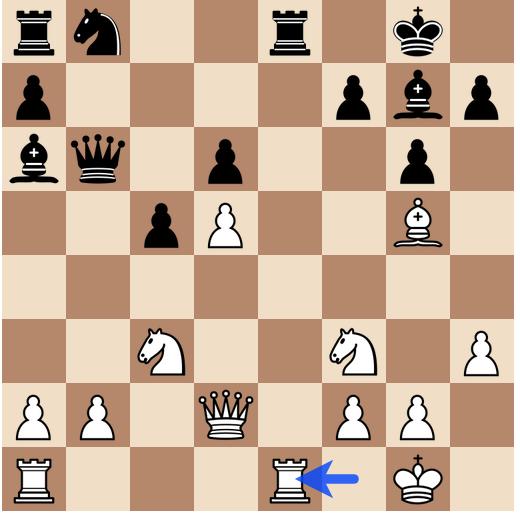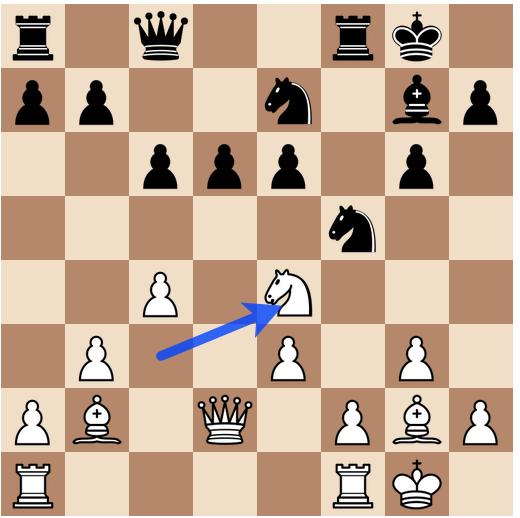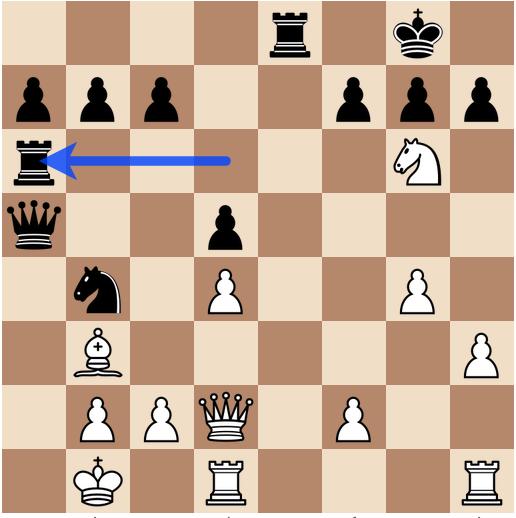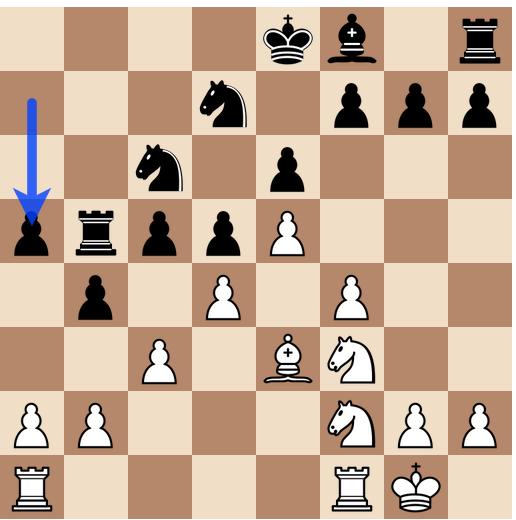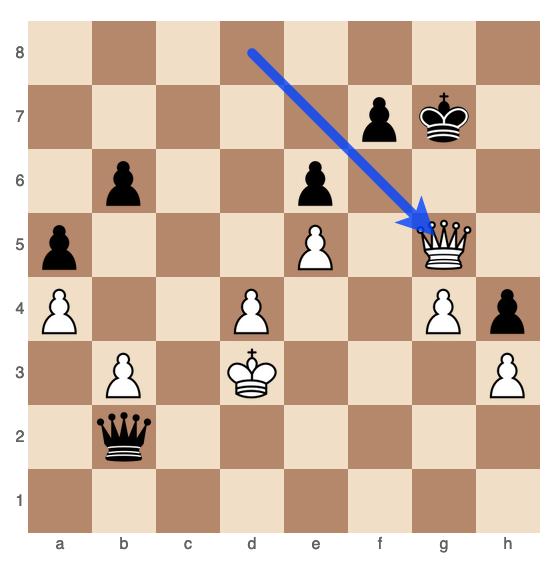In this fourth-round game from Titled Tuesday, Guillermo Baches (Chessllermo) faces Rasmus Svane, a formidable opponent with a significantly higher rating. The game, which originates from the Caro-Kann Defense, quickly turns into a strategic battle where Baches attempts to maintain control but eventually falls victim to Svane’s superior tactical play. Svane’s precise calculation and exploitation of weaknesses lead to a decisive victory for Black in just 29 moves.
The Opening
The game begins with the Caro-Kann Defense (1. e4 c6), a solid and popular opening known for its strong central structure and resilience. Baches chooses the Exchange Variation (2. d4 d5 3. exd5 cxd5), which typically leads to a symmetrical pawn structure and a quieter game compared to other variations.
After 4. Bd3 Nc6, Baches develops his pieces naturally, with 5. c3 and 6. Bf4, aiming to control the center and prepare for kingside castling. Svane responds with 6…Bg4, pinning the knight on f3 and preparing to challenge White’s center. Baches decides to break the pin with 7. Qb3, attacking the b7 pawn and provoking 7…Qd7, a typical response that maintains the balance while protecting the pawn.
The position remains even as both players continue to develop their pieces. After 10. Bxd6 Qxd6, Svane’s queen centralizes on d6, while Baches completes his development with 11. O-O. Both sides have castled, and the middlegame is set to begin with a typical Caro-Kann pawn structure, where White has a slight space advantage but Black remains solid.
The Middlegame
The middlegame starts with a subtle maneuvering phase. Baches plays 12. Rae1, centralizing his rooks and aiming to challenge Black’s central control. Svane responds with 12…Qc7, placing his queen on an active square and preparing to coordinate his pieces for an eventual central or queenside breakthrough.
The critical moment arises after 14. f4, where Baches tries to expand on the kingside and create attacking chances. However, this move slightly weakens White’s central structure, and Svane quickly capitalizes with precise maneuvers. After 15…Ne7 and 16…Rab8, Black prepares to launch a counterattack on the queenside.
The position becomes increasingly complex after 17. h3 Bg6 18. Nxg6 hxg6, where Baches exchanges knights, but Svane’s pawn structure remains solid, and Black’s pieces are well-coordinated. The move 19. Nf3 further centralizes White’s knight, but Svane’s queenside play with 19…b5 and 20…Rfc8 begins to tip the balance in Black’s favor.
The Tactical Blow
The decisive phase of the game starts with 21…Rfc8 and 22…Nf5, where Svane activates his pieces and increases the pressure on White’s position. Baches tries to maintain balance with 23. Qd2, but Svane’s precise calculation allows him to take control.
The key tactical sequence begins with 25…Nf4, targeting White’s queen and creating multiple threats. After 26. Qe2 Qxf4, Svane sacrifices a pawn temporarily but gains a dominant position due to his active pieces and White’s weakened structure.
Baches attempts to fight back with 27. Bxb5, but Svane’s 27…Nxc3 and the following 28…Rxc3 exploit the pin on White’s pieces. The final blow comes after 29. Bd3 Nxd4, where Svane’s knight forks White’s rooks, leading to a decisive material advantage and forcing Baches to resign.
Conclusion
This game is a textbook example of how to handle the Caro-Kann Defense from the Black side, particularly in terms of maneuvering and exploiting small inaccuracies by the opponent. Svane’s precise calculation and understanding of the position allowed him to turn a seemingly equal middlegame into a winning advantage.
Key Lessons:
- The Caro-Kann Defense is a solid and reliable opening, but both sides must be vigilant for tactical opportunities that can arise from seemingly quiet positions.
- Centralization and piece activity are crucial in the middlegame, especially when your opponent tries to create imbalances or initiate an attack.
- Tactical awareness is essential; even small inaccuracies can lead to significant consequences, as demonstrated by Svane’s swift and decisive play in the final phase.
“In chess, the small details often decide the game—accuracy and calculation are your best allies.” Svane exemplified this principle by capitalizing on Baches’ inaccuracies and converting his advantage into a clear victory.

